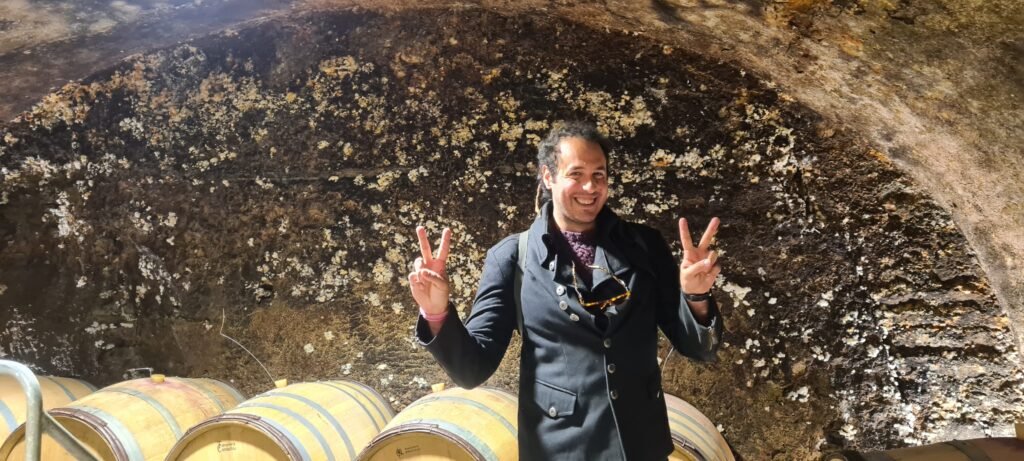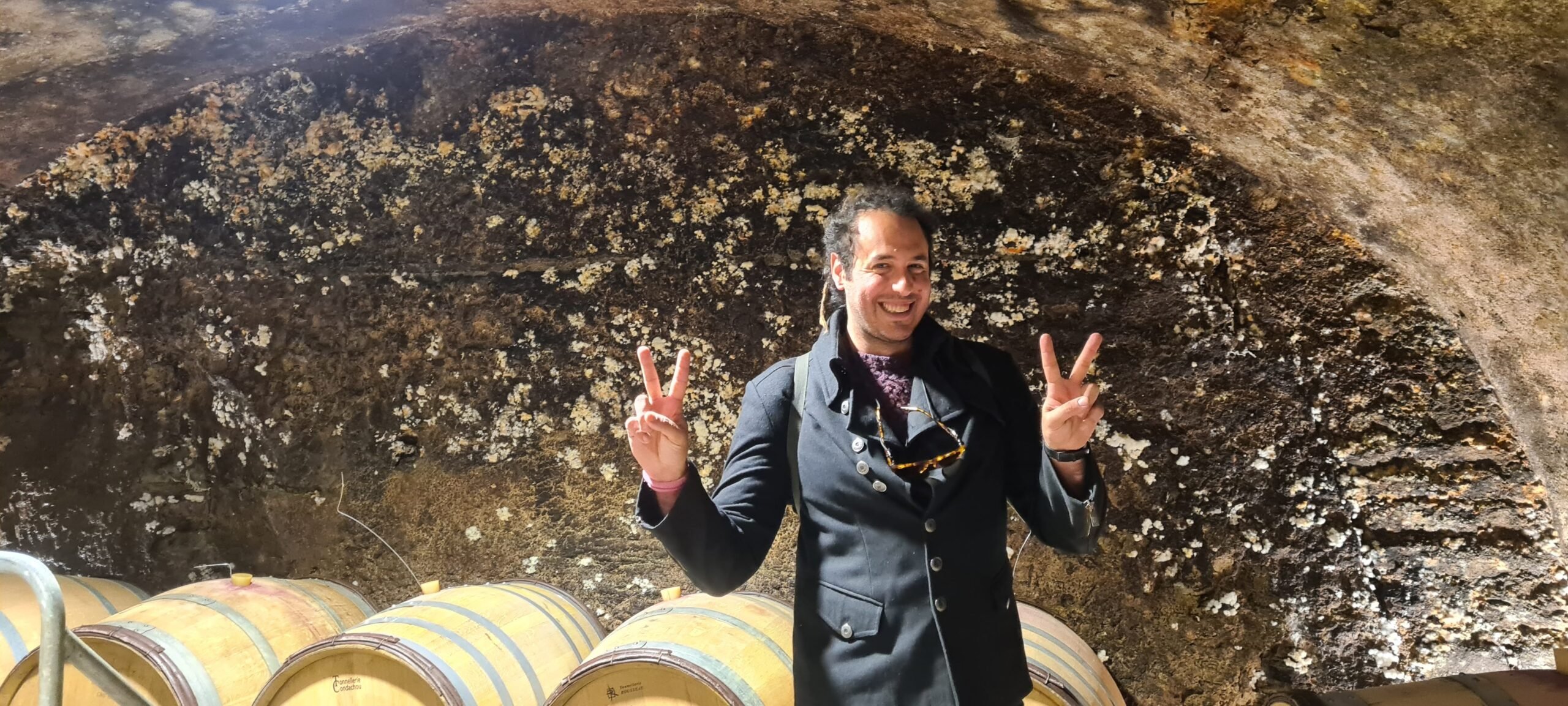From Burgundy to the Langhe crossing the Beaujolais. Between glasses with a pleasant balance and sips of intemperate tension
MUSIC TO LISTEN TO: Bartali – Paolo Conte
READING TIME: 15 minutes
Like any self-respecting event, I couldn’t skip the stage at Vinitaly this year too, in fact since I started the journey as an oenologist, there are few editions that I have missed. I can serenely say that there is no self-respecting winemaker who doesn’t still wear the hangover from Vinitaly at Easter, even if this year’s edition was literally a “hit and run” for me. I shrugged off the usual garrison of the stand, said goodbye to friends and colleagues and then off to France! Direction Lyon. This time I had a business appointment with my friend Dorian in his beautiful city. I adore Lyon, a treasure trove of beauty, less chaotic than Paris but with a lot of history to tell, bourgeois and colorful in the same way. Coming back to this city is a pleasure, getting lost in its historic alleys even more. A gastronomic evening with Dorian and his friends could not be missed, there is something for all tastes in this city, also because in addition to good food we must not forget that it is not very far from two important wine-growing districts: the pleasure-loving Beaujolais and the indisputable Burgundy. How can these iconic French wines go unnoticed among the city’s inns? Impossible!
And it is precisely at this point of the journey that my proven ability to combine business with pleasure sees my stay from Lyon divert, shortly thereafter, towards new horizons. The next day I said goodbye to Dorian and headed towards one of the most important wine districts in the world: Burgundy. In the previous days I had booked a small tour of Burgundy cellars thanks to the contacts of my friend Gaia, how can I not thank her! Traveling along the Autoroute du Soleil, leaving the metropolitan nucleus of Lyon behind me in the direction of Paris, I came across a scenario with a strong agricultural vocation made up of expanses of cultivated fields and pastures as far as the eye can see. A rather uniform landscape where, from time to time, very large hills rise up surrounded by lots of vegetation. Difficult to imagine expanses of vineyards in this context, yet by now I had almost reached my destination; a sign announced my first stop: Bourgognes, Côte Chalonnaise. Incredible how out of the blue the scenario changed its appearance, the vineyard returned to be the landlord. The first winery I visited was that of Laurent Cognard in the small enchanted village of Buxy. It was lunchtime, there wasn’t a soul in the village, just the tolling of a bell tower and a few cats running around here and there. I saw a small inn open, I went in to eat something and a lady with masculine features welcomed me at the counter, she could have been Obelix’s sister. I showed off my street English and the lady patiently without even answering showed me the dish of the day: entrecôte a la chalonnaise et pomme de terre. I understood that I had no alternative but, it must have been the great hunger or the Burgundian atmosphere that steak and chips in the French version were a delight. Finally it was time to visit the cellar. The maison was located in the center of the town, in a historic building from the 1700s. A lovely courtyard connected the cellar’s sales point to the main house. A kind and friendly girl accompanied me on the visit, showing me the wine cellar and the barrel cellars. A cellar on a human scale, no more than 100,000 bottles produced annually; the cellars, divided between white and red wines, were obtained in the basements of the buildings with very low vaults which exuded humidity from the ground, all of which made the environment very enveloping. We arrived at the store, the girl kindly explained to me which vines were mainly grown in Burgundy: Pinot noir, Chardonnay, Aligotè and Gamay. Immediately afterwards he asked me what I wanted to taste and, thinking that four grape varieties are not many, I asked him to give me a general overview of all the wines they produce. He presented me with a list with about 30 labels: Oh per Bacco! So many! He showed me a map of their viticultural district, viticulture in Burgundy is divided into macro and micro-zones where, through a work of viticultural zoning, each single micro-zone is grouped by homogeneous characteristics of the soil and quality of the wine; hence the difference between:
“Gran Cru”, or wines that bear the name of the vineyard;
“Premier cru”, wines that have the name of the village and the vineyard;
“Communale”, wines bearing the name of a village;
“Regional”, wines bearing the name of the wine-growing area;
Only now did I understand why all those labels!
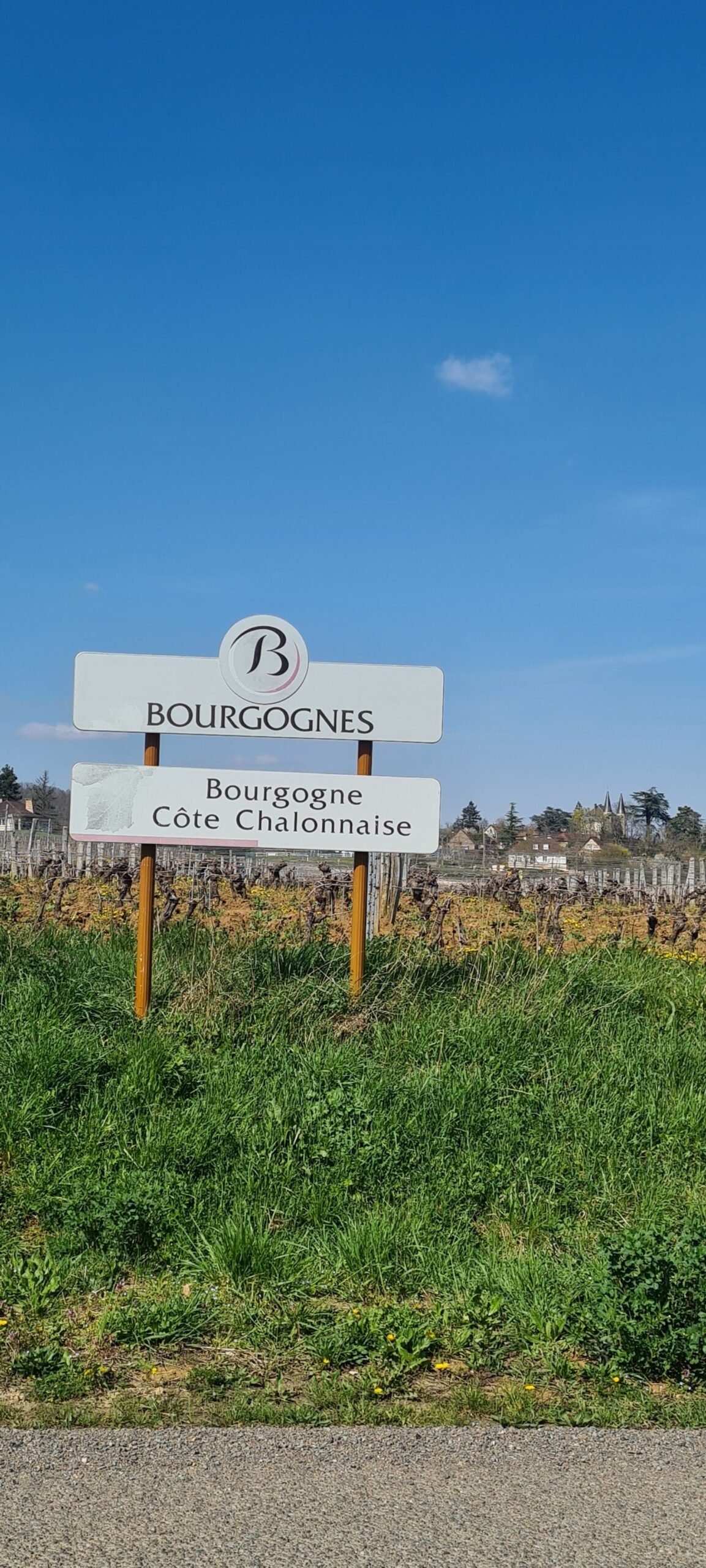
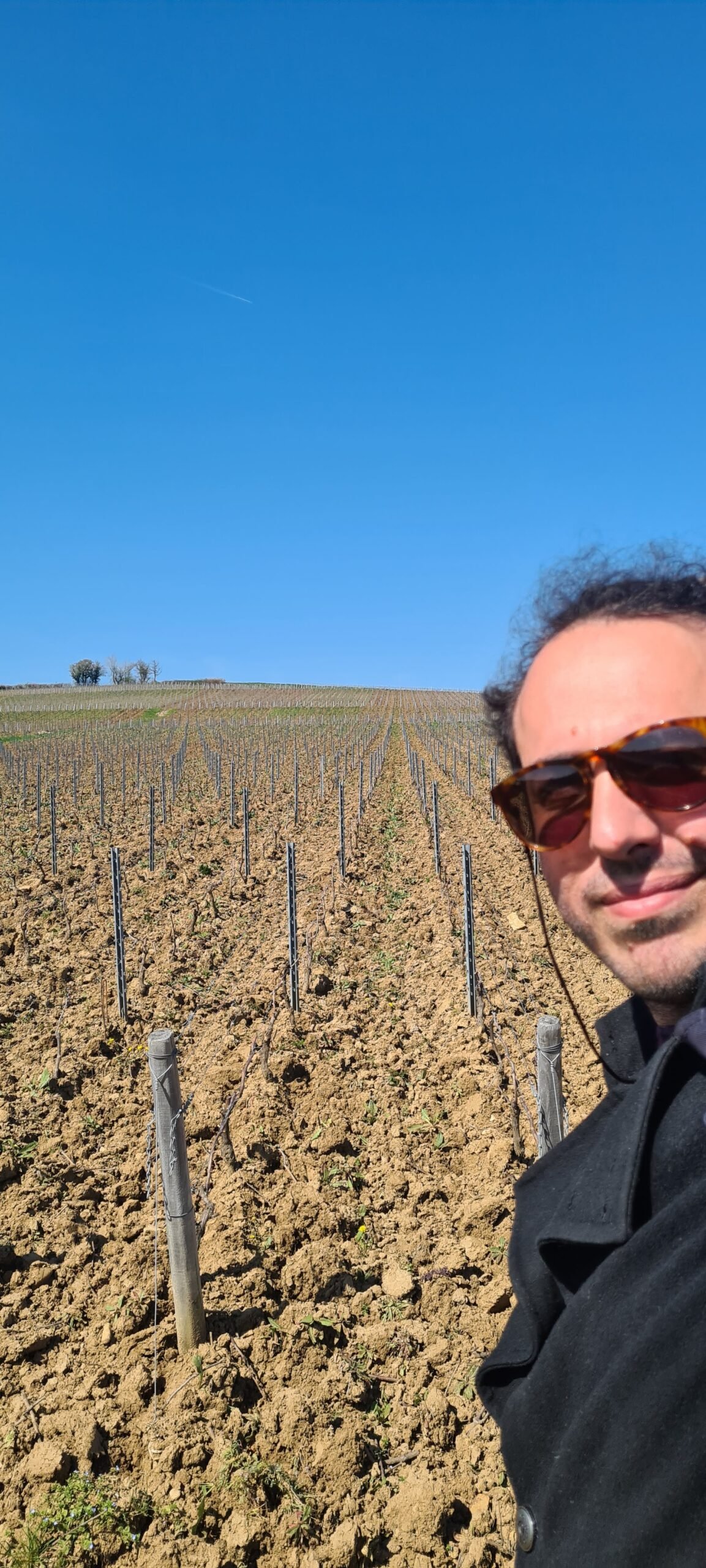
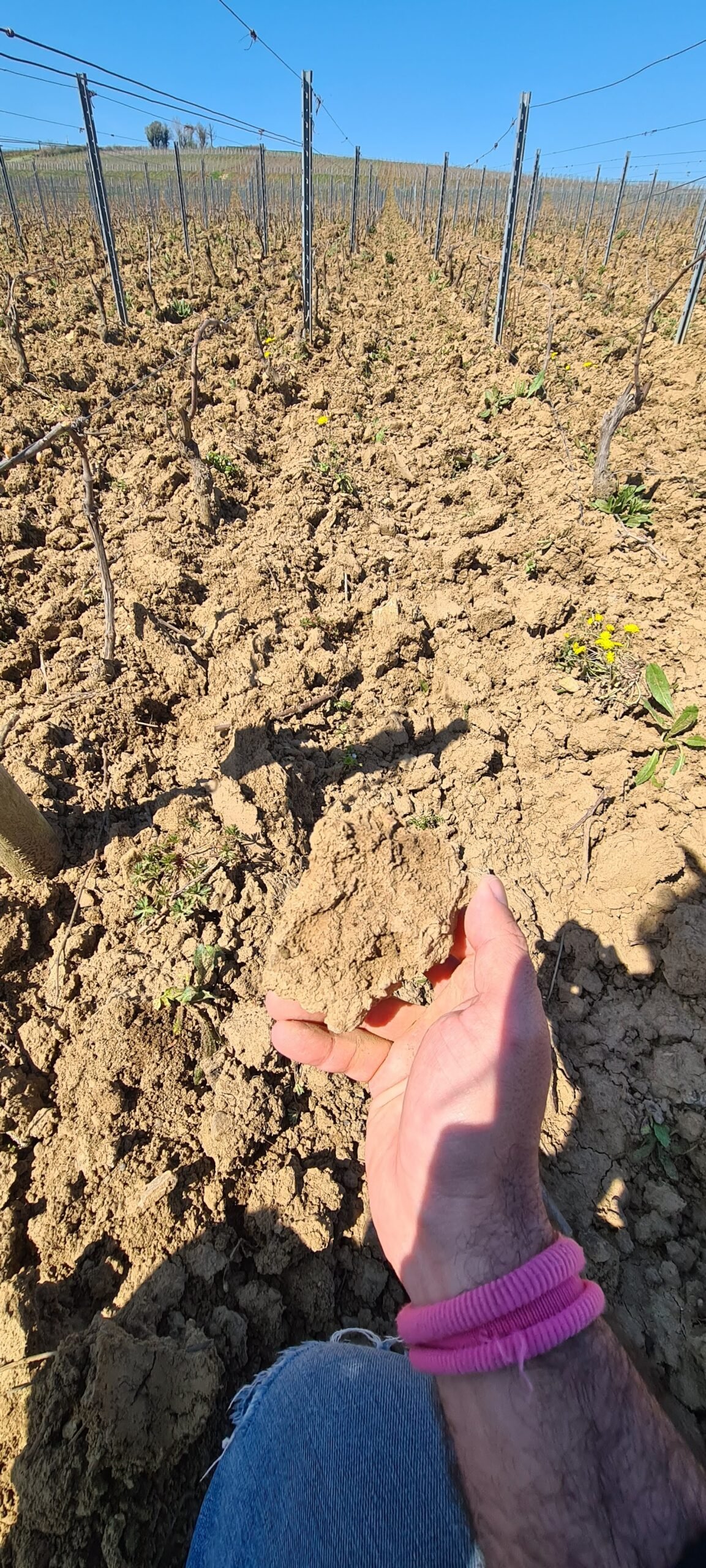
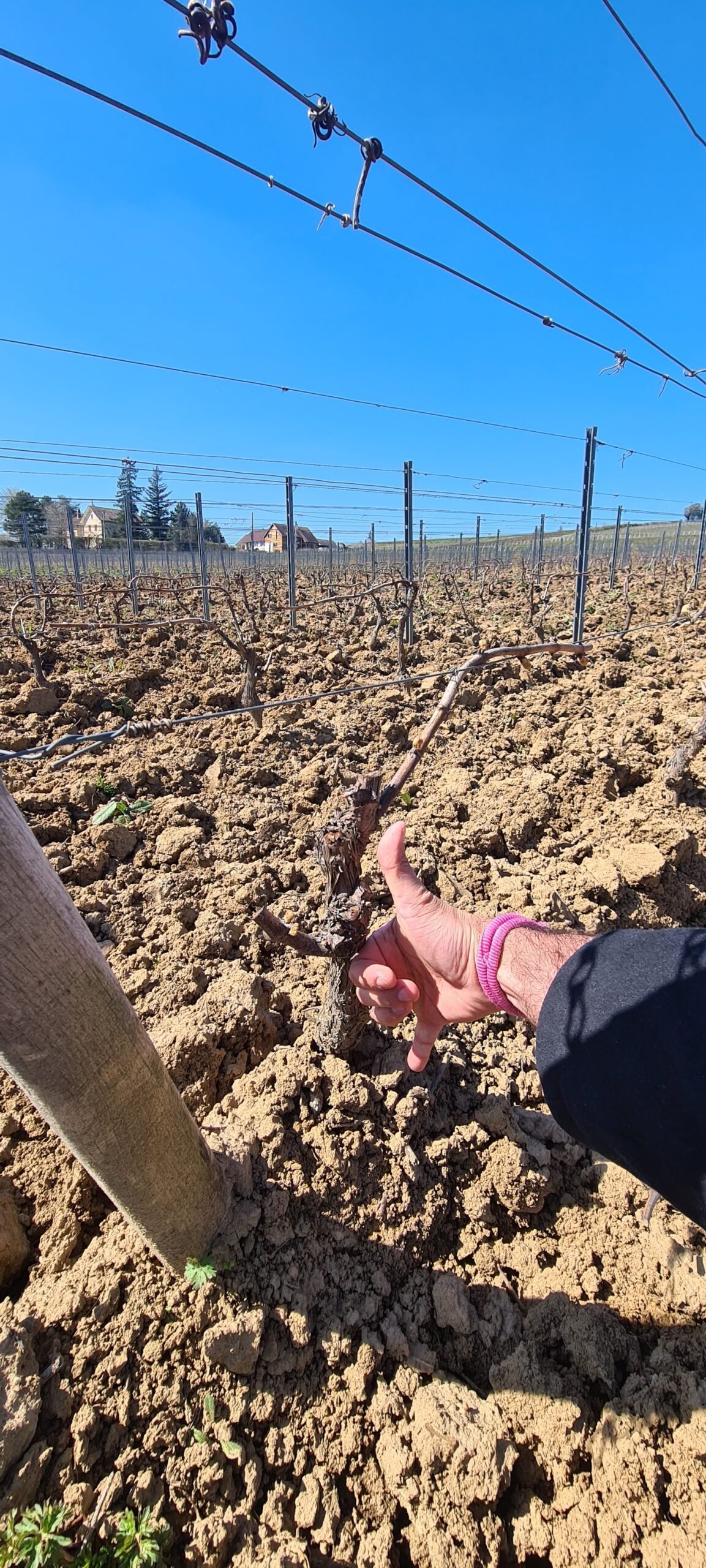
The Maison has several vineyards scattered in the Cotê Chalonnaise, in particular in the Premier cru Montagny, where it produces a wine from each individual vineyard. Incredible!
Towards the end of the visit, Monsieur Cognard arrived, a nice big man who asked me what job I did:
“Winemaker” I replied, and instead of shutting himself up like a hedgehog, as often happens in visits between technicians, he said:
“Do you have bottles of your wine with you?”
Me: “Certainly Monsieur”
Him: “then let’s exchange with mine, what are you waiting for?”
This is the true spirit of French vignerons!
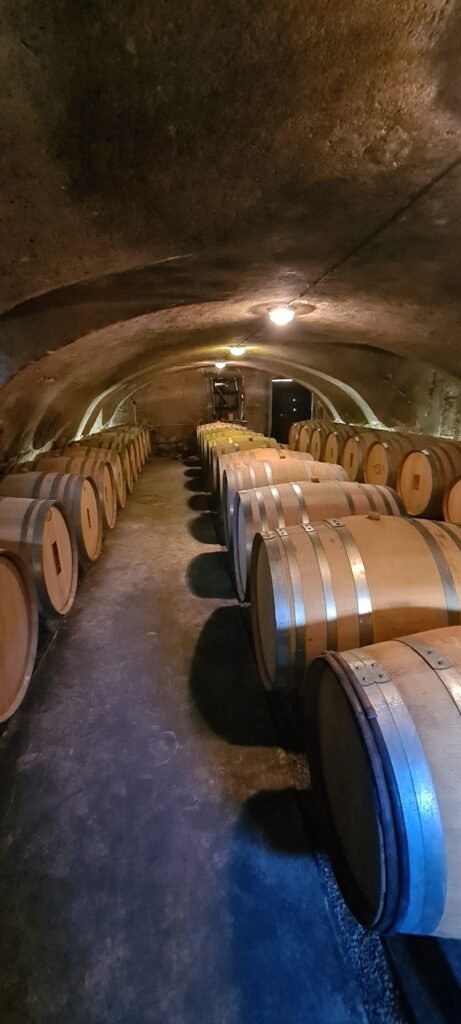
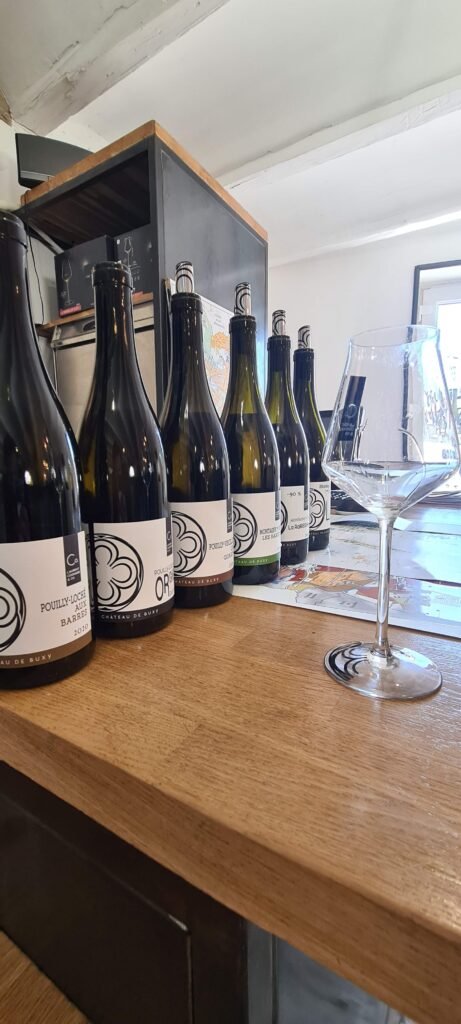
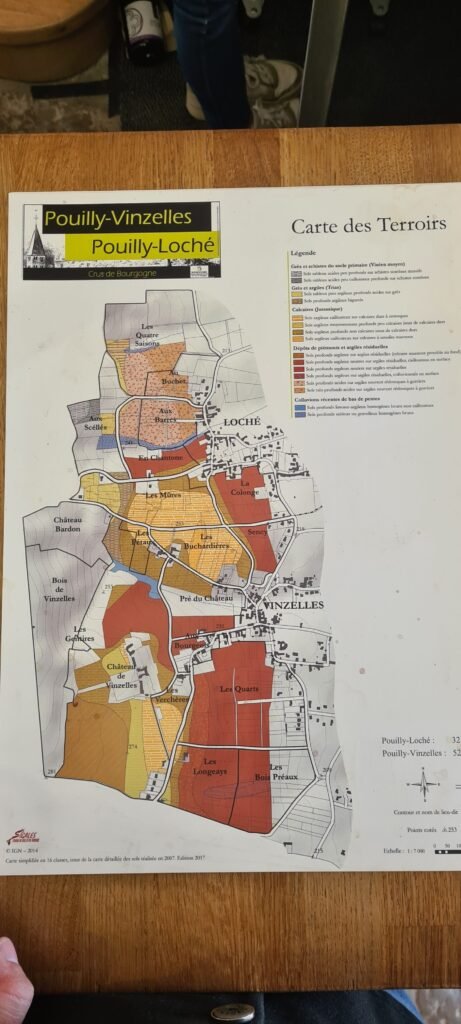
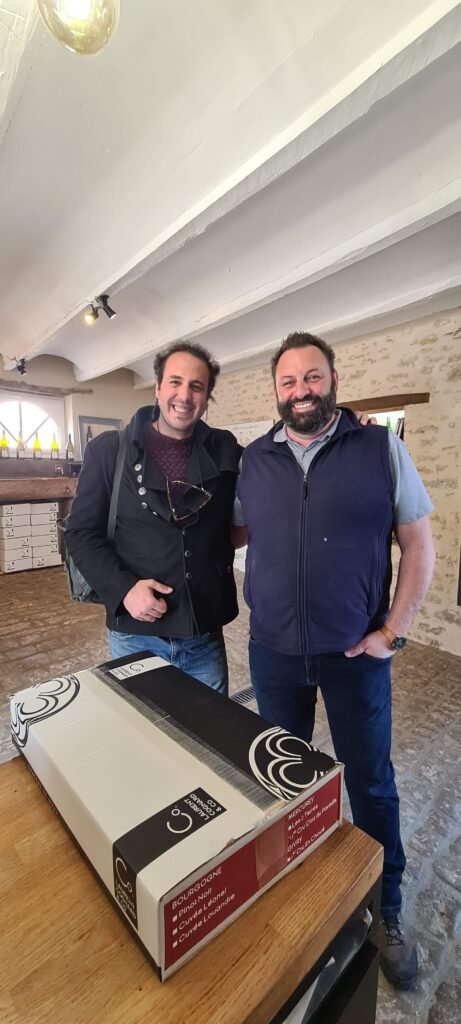
My journey continued towards Beaune, I had an appointment at 5pm with Fernand and Laurent Pillot. Running, with my systematic delay, I reached the cellar immersed in the still dormant vineyards, in the homeland of Chardonnay, the Gran Cru Chassagne-Montrachet. The vineyards were characterized by the typical spurred cordon training system, with a planting layout ranging from 10,000 to 16,000 plants per hectare, stems about 30 cm high from the ground with about 10 fruit buds per plant, caged between corridors of very narrow rows of vines. Difficult to work the soil in these conditions! Yet the vineyards were all dug up, thanks to the help of truly unique agricultural machinery. I knocked on the door of the Maison Pillot and a kind gentleman welcomed me in a modern and welcoming cellar. Steel and concrete barrels for vinification, tonneaux and barriques for aging were the materials that the Maison used in production, without forgetting that the barriques are strictly 228 lt, as the Burgundian school wants, and not typically 225 lt Bordeaux school. Fernand is a man who gives you tranquility and balance, just like his wines. Calmly and calmly, he told me the soil details of the soil, winemaking techniques and local anecdotes, while we tasted his Chardonnays in the stupendous tasting room that overlooks the company’s vineyards at 180°.
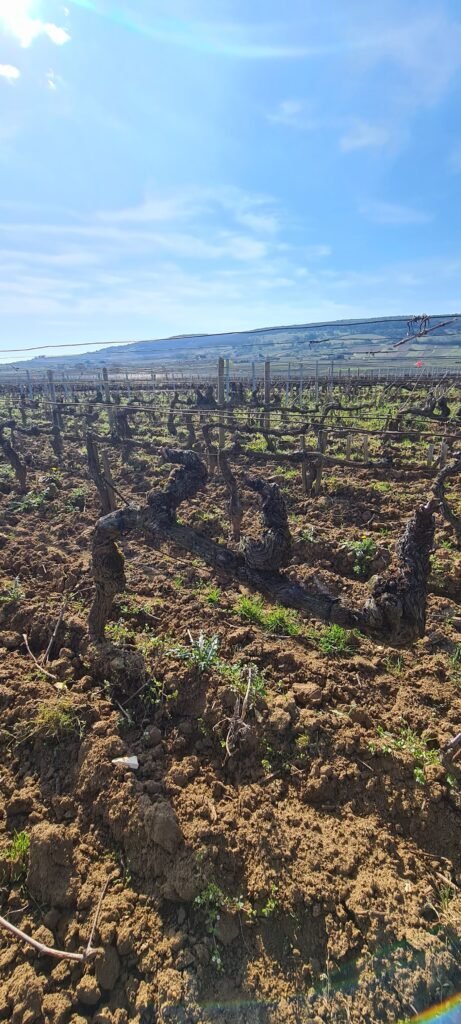
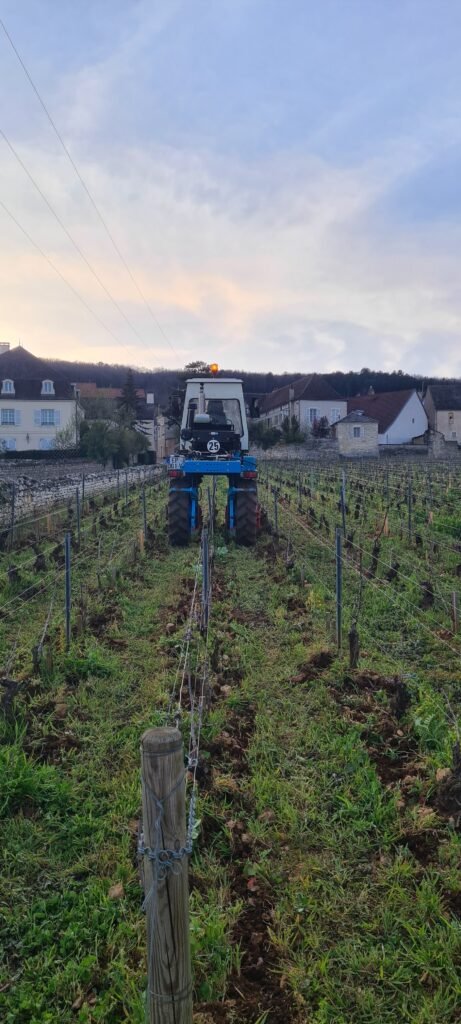
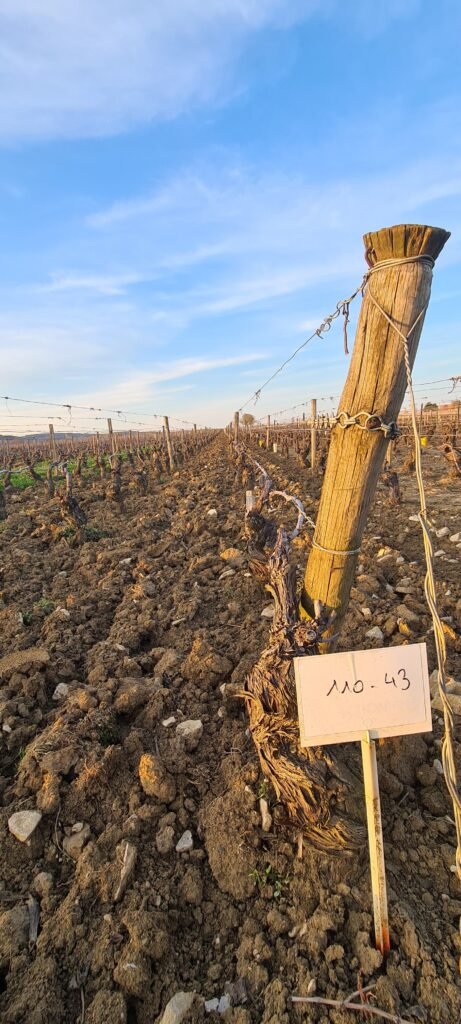

I asked Fernand:
“What are the production yields you have in the vineyard?”
He replied: “40-45 hectoliters per hectare”
I was a little taken aback initially, here yields are usually indicated in quintals of grapes per hectare, then I understood that in a prestigious context like Burgundy, the ultimate goal of every winemaker is to bottle his own wine and not sell only grapes. It is no wonder that their reference unit in yield refers to the processed product obtained and not to the quantity of raw material produced.
We ended up talking about basic income and the consequent labor crisis while we were tasting the new vintage of Pinot noir from the Pommard cru. Incredible how even in the realm of world-class viticulture you can share the same daily problems of my wine production areas. In other words: history also repeats itself in the “Paradise of French wines”. By now the magnificent experience spent among the Burgundian rows was coming to an end, a warm twilight light disappeared among the vineyard hills, while I carried with me the signs of a splendid day. I had dinner in Beaune, in one of the many bistros located among the many wine bars that surrounded the tourist city. There wasn’t much turnout in the dark streets of the historic center, just a few shouts in front of the signs of the open inns.

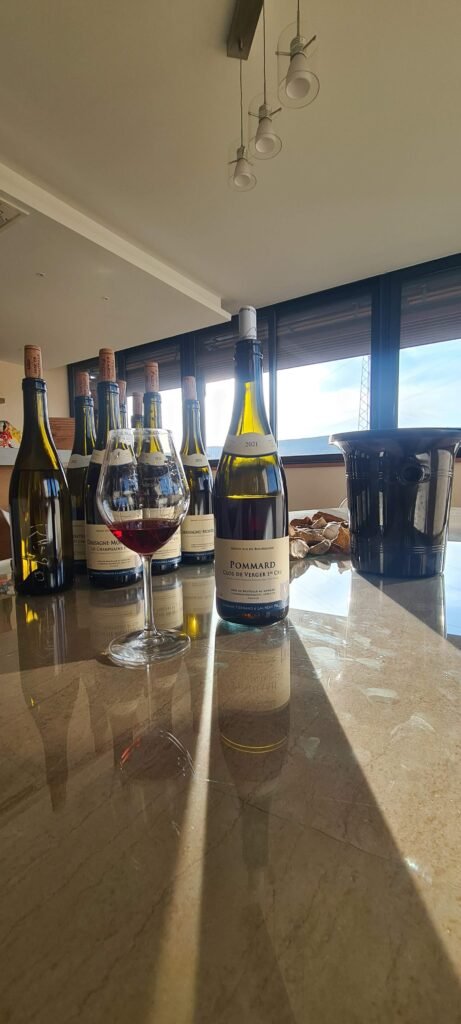
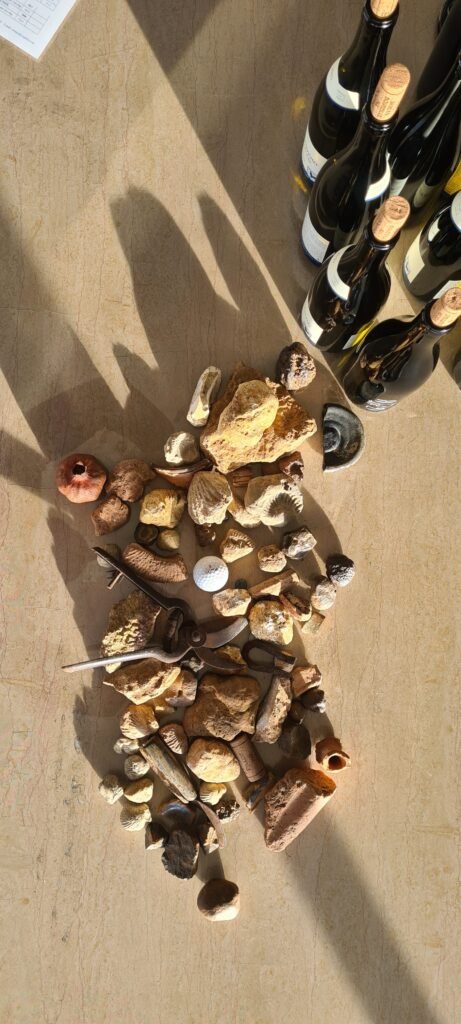
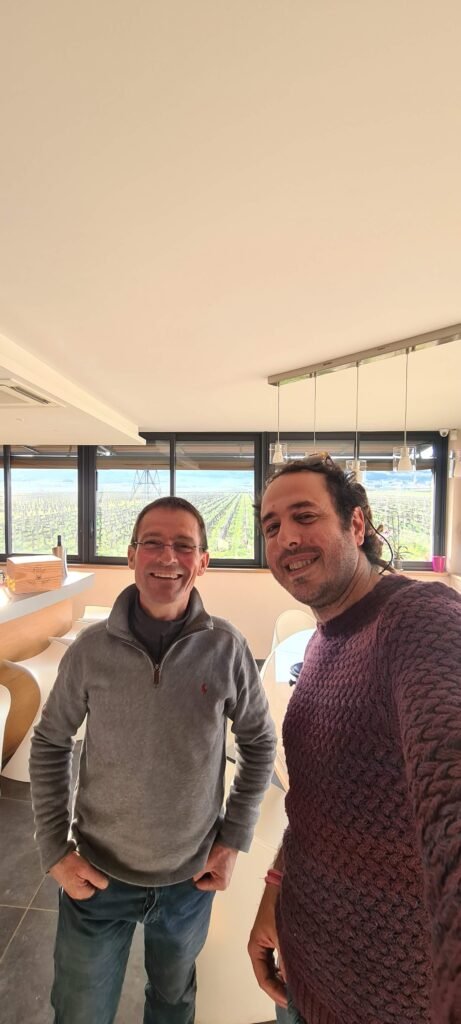
The next day I was on my way home but the road ahead was endless, about 3000 km! I decided that after crossing the state line I would stop and stay overnight wherever I reached dinnertime. I still had the whole day ahead and the Beaujolais was on its way. For a lover of “unscrupulous wines” like me, why not take advantage?
I reached Saint-Lager, near Cerciè, in the Cotê de Brouilly, one of the crus of Beaujolais. We are in the homeland of Gamay, a red grape variety that characterizes the “nouveau vin” of these areas and beyond. I was immediately struck by the different training system compared to Burgundy, i.e. the plants were set up as small trees without stakes or wires, almost that bordered the ground. I was referring to the “Gobelet”, a very ancient training system that adapts very well to less vigorous varieties such as Gamay. I had no idea which Maison to visit, I did a search on the navigator and found a beautiful cellar nearby had a giant wine press in the entrance courtyard, Domaine des Fournelles I parked and slipped into the garden, saw an open door with pipes for decanting wine stretched out on the floor leading off to a room in the basement, when suddenly a gentleman with a spotlight on his head, like a miner, it was Monsieur Guillaume at work!He was decanting the wine from the fine lees into steel tanks in his underground cellar. I arrived at the least opportune moment, nevertheless I asked him if I could visit the cellar.
He replied “oui, oui Monsieur!”
He shook my purplish-wine hand and apologized saying:
“Unfortunately I can’t follow you much but I’ll give you a quick tasting”
I replied:
“Don’t worry, I feel at home, if you want I’ll give you a hand!”, thinking back to how many times I happened in the same situation as him.
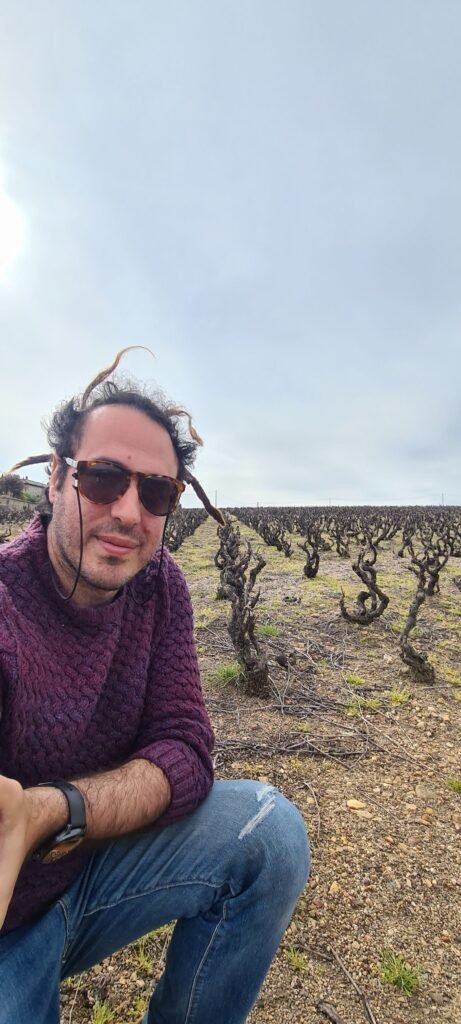
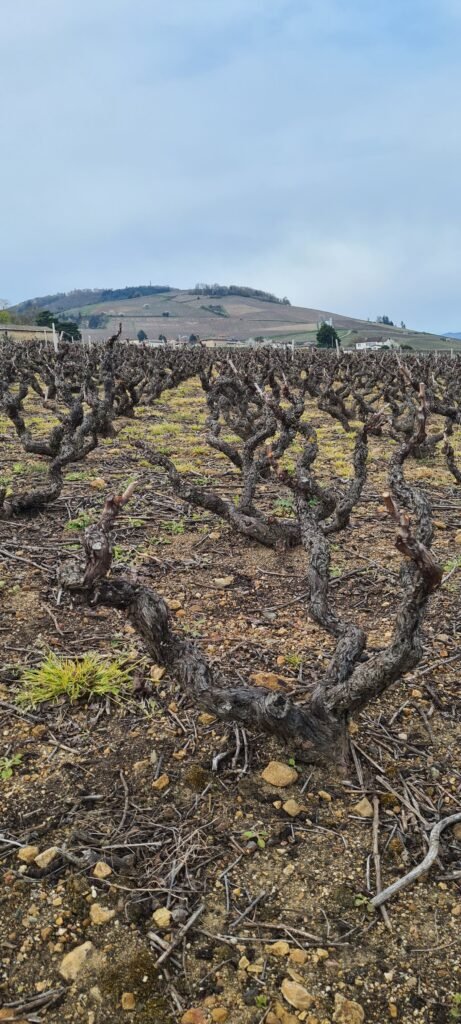
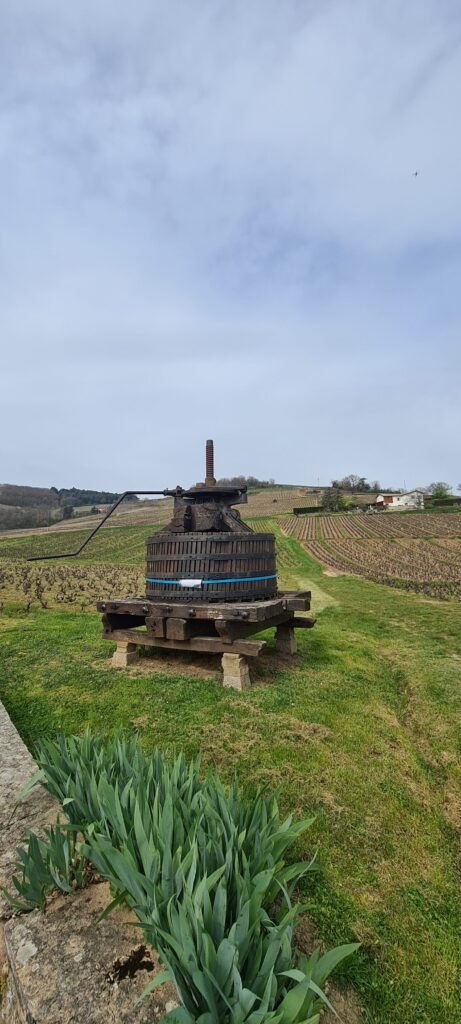
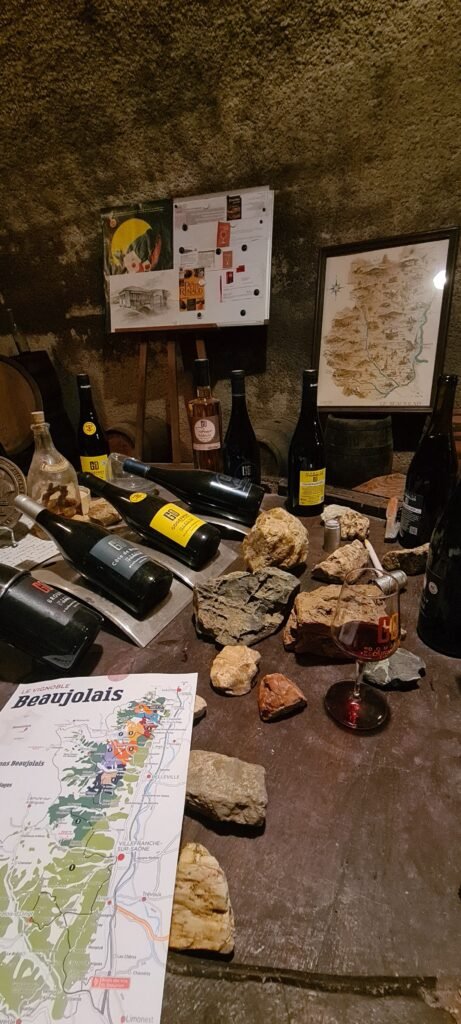
He welcomed me in a small space created in an underground niche where he aged wine in casks, quite unusual for Gamay in these parts. Then Monsieur Guillaume’s wife also arrived and they explained to me that this part of the Beaujolais was a cru where fine wines were produced which also required aging in barrels in addition to the classic cement and steel vat. On the table the classic composition of stones that characterize their soil is never lacking, an evident note of how the terroir is the distinctive element even in these places. While the transfer continued, Monsieur Guillaume showed me other details of his truly suggestive underground cellar. A true artisan vigneron! I immediately got rid of the trouble and had them accompany me to the company vineyards, greeted them and walked without delay up the immense Broully hill, planted with vineyards everywhere. I noticed that as I climbed towards the top of the hill, larger and larger pebbles protruded from the ground, the slope became steeper and steeper until it had a soil rich in skeleton, that is, rich in stones of all shapes and sizes. I remembered what Monsieur Pillot told me, the higher you go in the hills of Burgundy the thinner the layer of fertile land until it almost disappears, that’s why there are only woods on the tops of the hills! It was like this in Beaujolais too, and now that I think about it, it was also in the Champagne region. The “no-tillage” technique was widely practiced on those slopes, an almost obvious choice where the fertile soil layer is almost absent and weed control must be managed in order to preserve the low fertility of the soil. I reached the top of the hill, the panorama was unique, in front of me the entire eastern slope that looked at the nearby wine-growing district of Jura and Savoy. It was a wonderful clear day, on that hill I looked like a Roman legionary with a stick of vitis in his hand conquering the lands of the Gauls, then I saw the clock and I stopped fantasizing, it was very late! I had to go back to Italy and, as if that weren’t enough, in the evening they would also close the Frejus tunnel for maintenance, for Bacchus!
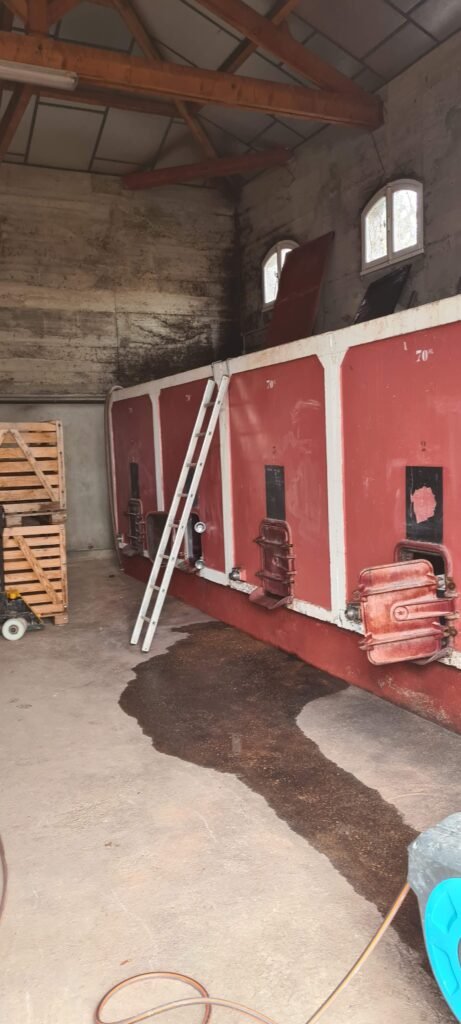
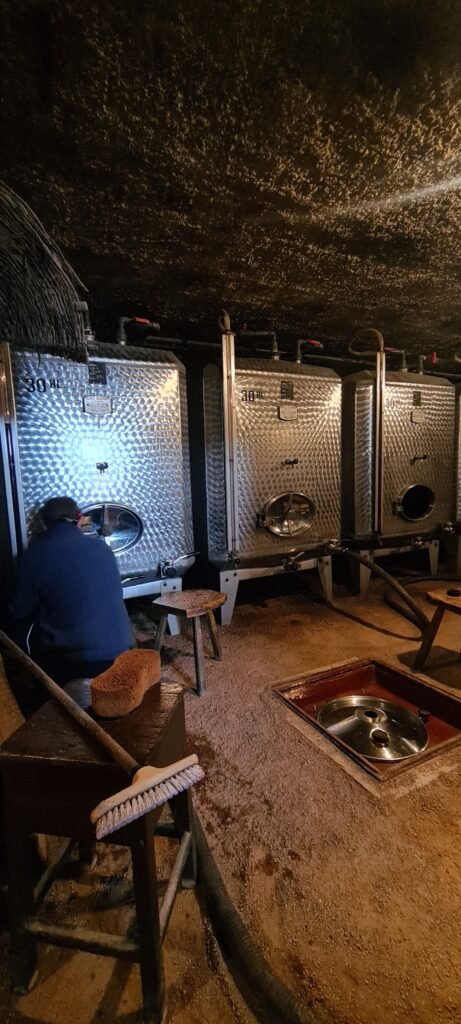
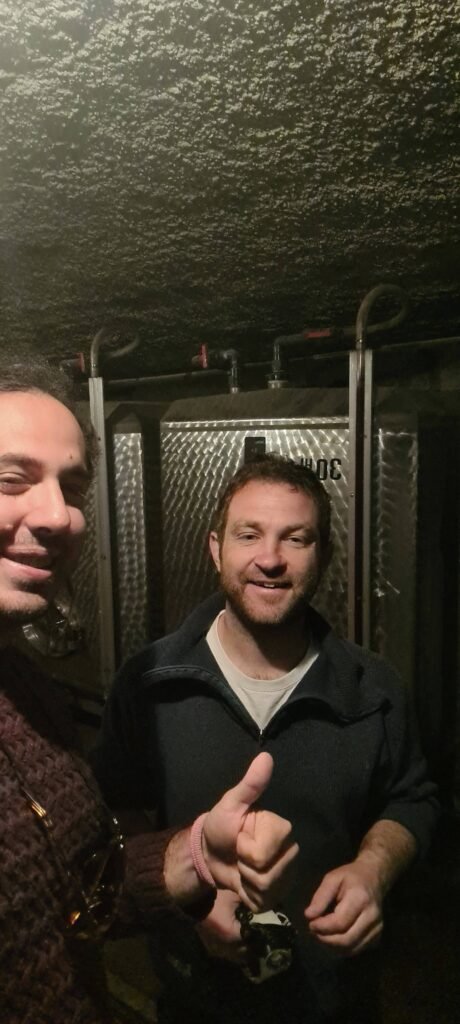
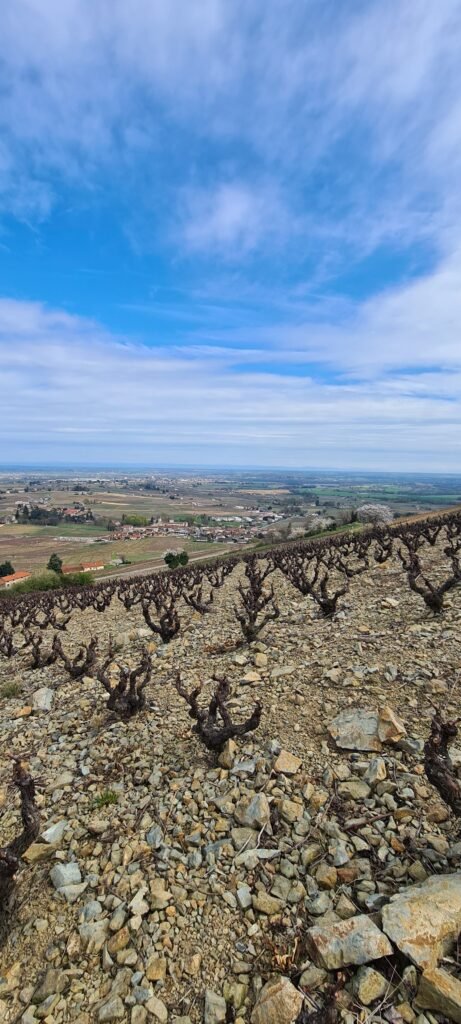
I arrived near Turin at dusk, I was very hungry and stopped at a service station for a break. There was still a long way to go and it seemed appropriate to stop nearby. Reflecting a bit, I thought that the next day I could still use the morning for a short wine tour and in a flash I decided…Langhe! What better place to end my wine tour in style, so I booked a room in a hotel near Bra, a well-known city for all lovers of the “slow life”.
The following morning I decided to get in touch with the wineries but I ignored a fundamental aspect, it was Good Friday and in the Langhe without booking at least two weeks in advance you won’t go anywhere!
But perseverance is one of my best qualities, so I went to the hotel reception and had a list of wineries to visit in the area printed. I called practically all of them but unfortunately they were not available. I was almost ready to give up but there was only one left: Figli di Luigi Oddero, a historic company in the Langhe located in the municipality of La Morra. In the end my tenacity was rewarded and so I booked the visit. The road that goes from Bra to La Morra is very tortuous, it winds through hazelnut groves, oak groves and vineyards perched on very steep slopes, often covered by kilometer-long transversal terraces. In some ways it is very similar to the wine-growing district of the province of Chieti, steep hills rich in vegetation where the vineyards rise among clayey soils with a strong silty and calcareous component. Here the caterpillar tractor is imperative! I arrived at my destination, I recognized the Specola tower, the company symbol that stood out among the vineyards. I was greeted by the sales manager who had just returned from one of his business trips.
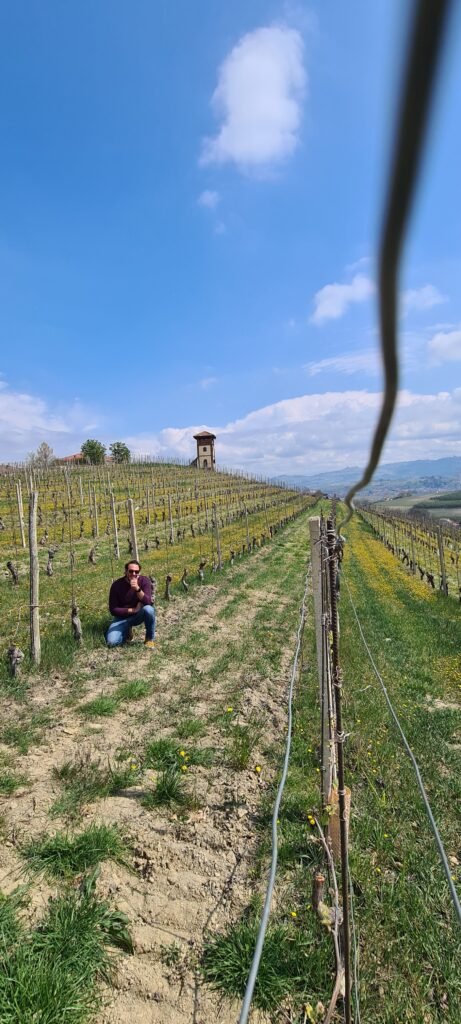

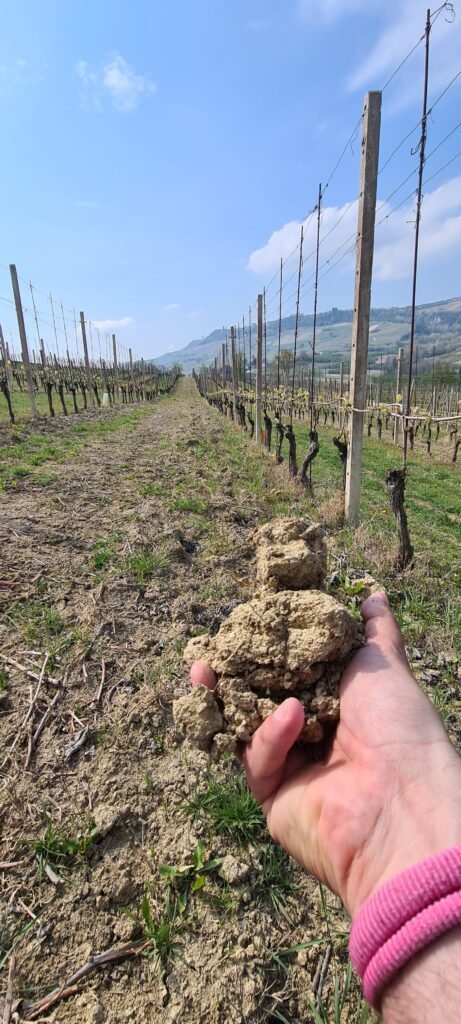
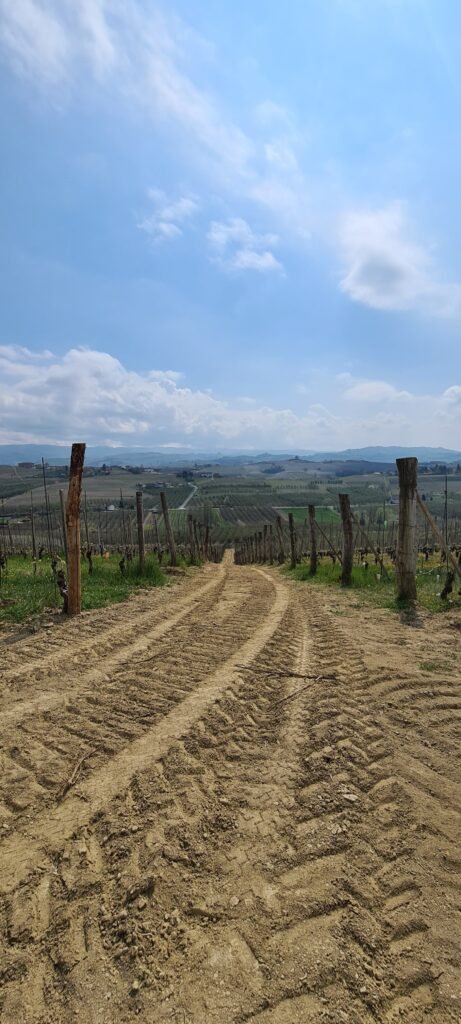
He was very kind, he told me the centennial history of the company founded thanks to Luigi Oddero, oenologist and man of great curiosity and culture, a “country gentleman” as Mario Soldati defined it in his book “Vino al vino”. The company, after having undergone a family division in 2005, now has about 35 hectares of vineyards surrounding the cellar with various crus, including the noble “Rive” where the symbolic turret of the family stands. The company is complete from a technological point of view, from steel to large concrete tanks, but the link with the past is never lacking, in fact in the underground cellars giant wooden barrels dominate, well over 100 hectoliters of capacity which testify to the strong local winemaking tradition. Finally, the eagerly awaited moment of tasting arrived, Nebbiolo is the undisputed protagonist of this company in all its oenological interpretations, but there are also other varieties. I found a list of wines to taste: from Dolcetto to Barbera to Barbaresco and finally, dulcis in fundo, Barolo. A tasting that I baptized as “Profondo rosso Langhe”. The sensory impact was very strong, a stylistic shift oriented in the completely opposite direction to the wines of the French cousins. Even if the culture of “terroir” and viticultural micro-zones was shared in these places with French viticulture, the power and intensity of the characters of these wines are unmatched by the delicacy of French wines. Balsamic notes, wild herbs, ethereal aromas, sips with a dense and rough texture, are the evident effects of a unique vine in a steep area such as the Langhe.
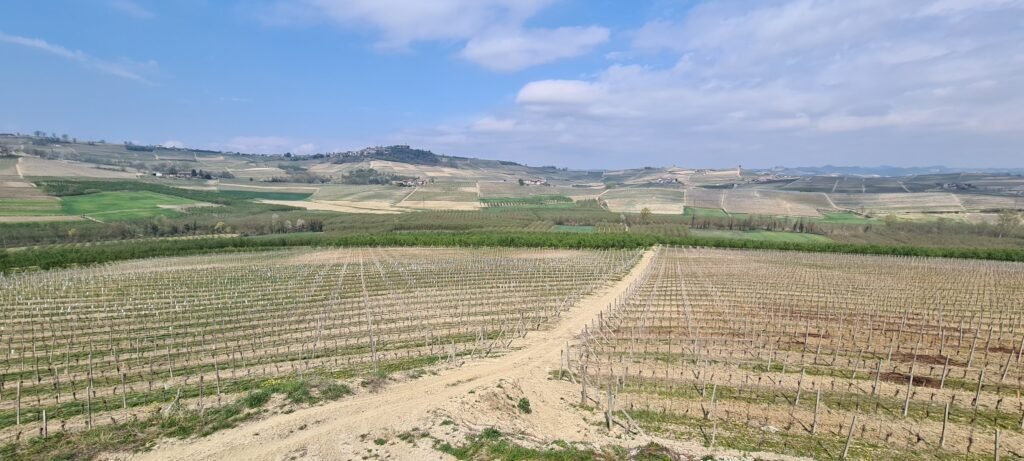
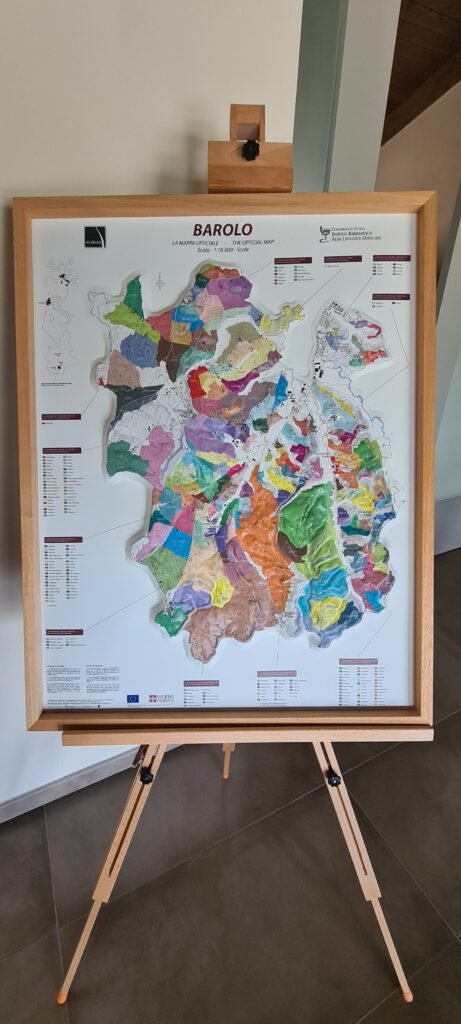
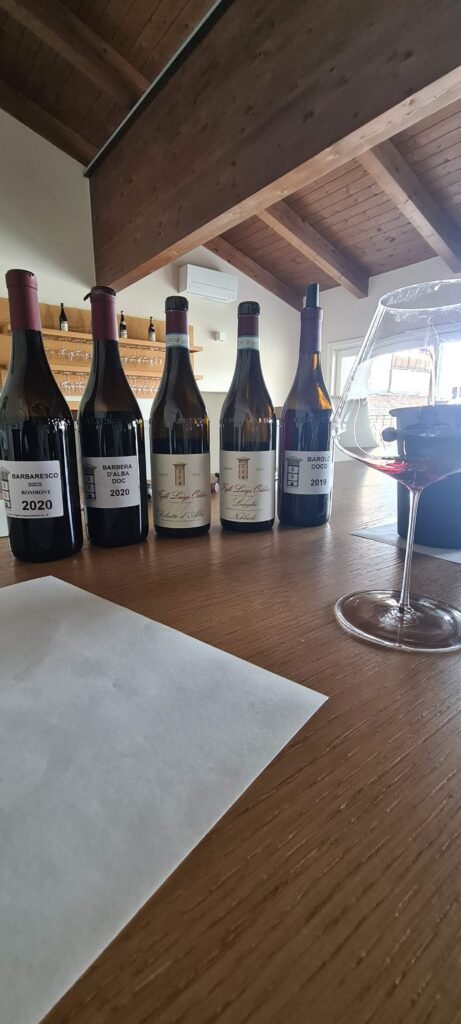

I left the cellar still having the taste of Nebbiolo in my mouth and it was only at that moment that I tried to make a comparison with the wines I had tasted in recent days. In this regard, I recalled the reflections of Professor Massimo Recalcati in one of his podcasts that I occasionally follow, in which he addressed the sphere of pleasure in man and its various forms. There was talk of balanced, temperate pleasure, within well-defined boundaries, what Aristotle would define as the result of a “median virtue”, which contrasts with the more intense and immeasurable, intemperate pleasure, full of tension that goes beyond the boundaries of the measured. What better comparison to the delicious wines I had tasted on my short but intense wine tour. If someone were to ask me today what I would compare French wines to, I would say, without a shadow of a doubt, that they are wines with “middle virtues”, which convey a balanced pleasure, like the one that instills a cat curled up in front of a fireplace while showing pleasant relaxation in receiving heat from the crackling fire. I could not make the same comparison for the wines of the Langhe which resemble a sandstorm generating tension, the loss of all boundaries which, only after its passage, leaves a sense of intense relief. Now that I think about it, I have experienced this sensation several times with that “Gian Burrasca” of Montepulciano from Abruzzo, was it only the result of the noble “terroir”? Maybe! I was now driving and the way back was still too long, I brought with me a wealth of unique experiences lived in a completely improvised journey. On the radio they broadcast “Bartali” by Paolo Conte, what a strange combination! There couldn’t have been a more suitable song to joke about the eternal Italian-French sporting rivalry…let alone about wines!
